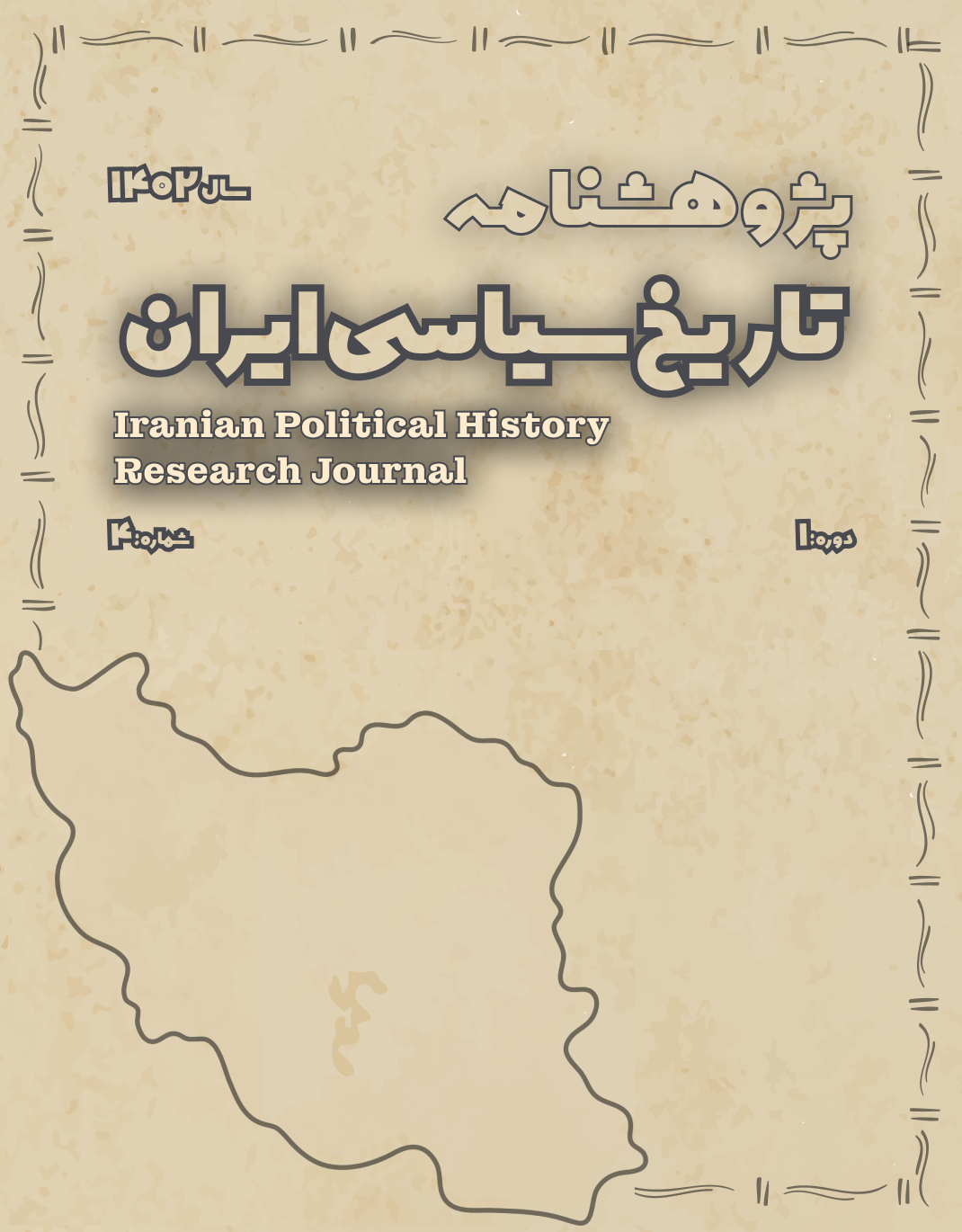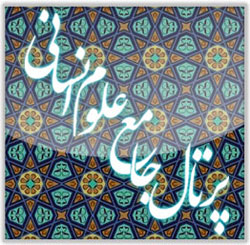The Role of Military Institutions in Controlling Iran's Border Regions During the Safavid Era: A Case Study of Kurdistan and the Caucasus
Keywords:
Safavids, Military Institutions, Border, Kurdistan, Caucasus, Territorial Cohesion, Political LegitimacyAbstract
This article examines the role of military institutions in controlling Iran’s border regions during the Safavid era, focusing specifically on the regions of Kurdistan and the Caucasus. Using a historical-analytical method and drawing on primary and secondary sources, the study explores the mechanisms of power implementation and political management adopted by the Safavid state in these sensitive areas. The findings indicate that the Safavid government pursued different policies based on the local characteristics of each region. In Kurdistan, governance was semi-decentralized, relying on tribal structures and cooperation with local Kurdish leaders. In contrast, the Caucasus, due to its strategic significance and constant external threats, experienced more centralized and rigid policies, including the deployment of loyal ghulams and the construction of military fortresses. Military institutions played a crucial role in maintaining territorial cohesion and expanding the authority of the central government, although their success depended largely on how well Safavid policies aligned with local social and cultural contexts. The study also highlights that the political legitimacy of the Safavid state in non-Persian and non-clerical regions was strongly influenced by the military management strategies and the degree of interaction with local forces. Finally, it suggests that future research should focus on other border regions such as Baluchistan or Khorasan to provide a more comprehensive understanding of Safavid frontier strategies.
Downloads
References
Aubin, J. (1988). Emirs et vizirs dans l'Iran safavide. In Studia Iranica, 17(1), 89–120.
Babayan, K. (2002). Mystics, Monarchs, and Messiahs: Cultural Landscapes of Early Modern Iran. Harvard University Press.
Blake, S. P. (1999). Half the World: The Social Architecture of Safavid Isfahan, 1590–1722. Mazda Publishers.
Floor, W. (2001). Safavid Government Institutions. Mazda Publishers.
Lambton, A. K. S. (1953). Landlord and Peasant in Persia: A Study of Land Tenure and Land Revenue Administration. Oxford University Press.
Matthee, R. (2012). Persia in Crisis: Safavid Decline and the Fall of Isfahan. I.B. Tauris.
Mitchell, C. (2003). Legitimacy and the State in Twentieth-Century Iran: A Study in the Political Order. Palgrave Macmillan.
Roemer, H. R. (1986). The Safavid Period. In The Cambridge History of Iran, Vol. 6 (pp. 189–351). Cambridge University Press.
Savory, R. M. (1980). Iran under the Safavids. Cambridge University Press.
Weber, M. (1978). Economy and Society: An Outline of Interpretive Sociology (G. Roth & C. Wittich, Eds.). University of California Press.









